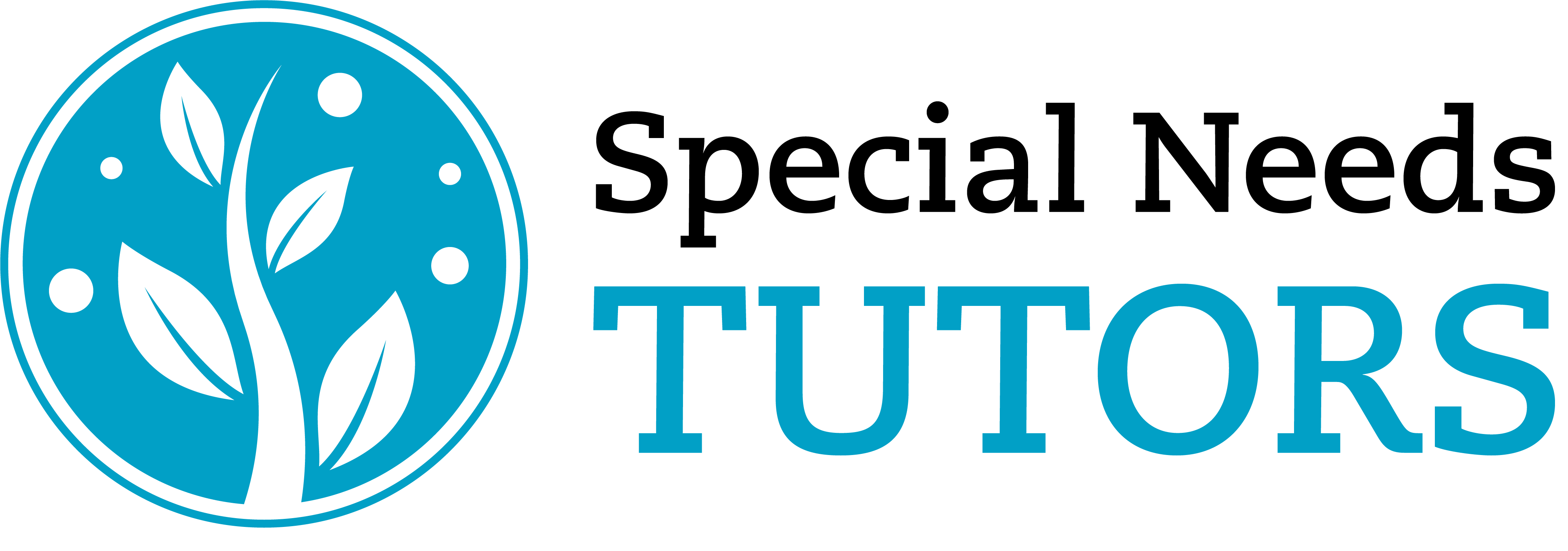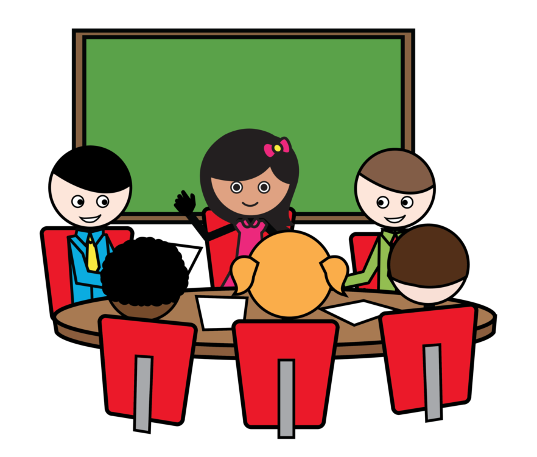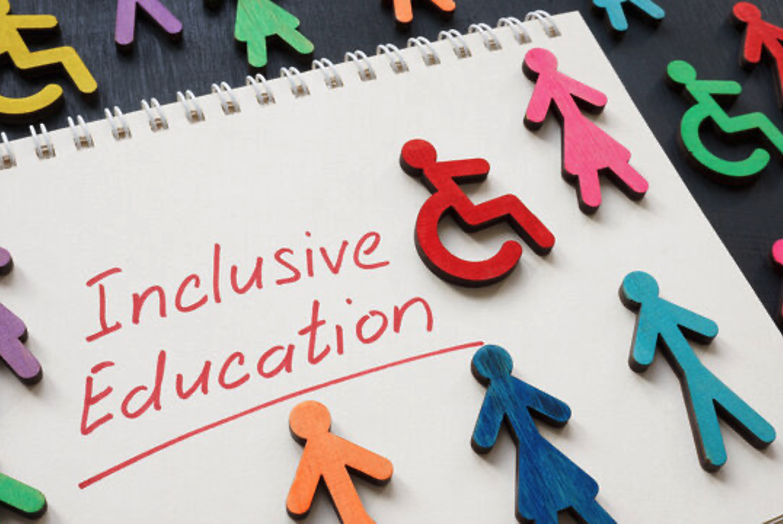What is Transition Planning for Learners with Special Needs?
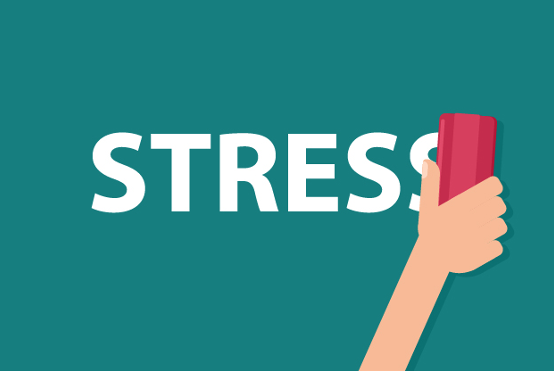
How do I Help Learners with Special Needs Reduce Stress?
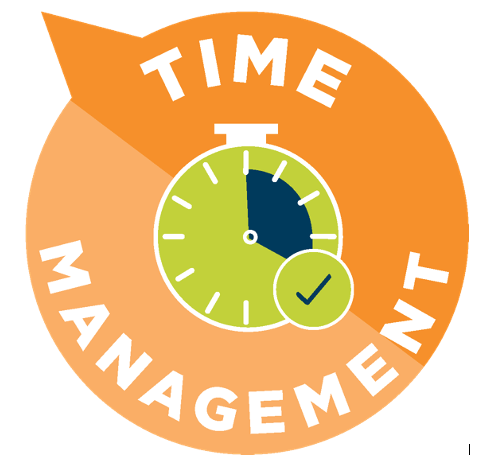
How Do I Teach My High Schooler with Special Needs Time Management Skills?
When educators use the word “transition planning” they are referring to the idea of creating a plan that maps out the path for our students, family members, or children who are between the ages of 14-21 and are moving beyond the scope of high school out into the community. This transition plan helps the team (parents, teachers, community members, principals, etc) to set guidelines or directions for the student based on a personalized approach.
The goal of transition planning:
-Helps the student to become active members of society.
-Helps the student to feel accepted, excited, and confident to enter into the community.
-Helps the student to impact others around them.
How does the transition team take a personalized approach to planning?
-The team will find out what the students’ strengths, weaknesses, needs, and desires are.
-The student has a voice and can share what they feel they would be good at or want to do beyond high school.
-The team takes these strengths, weaknesses, needs, and desires, and writes up a plan of action that stretches beyond high school.
-The entire team (including the parents and student) have a voice to speak up and make changes or add in thoughts.
Tips to help with transition planning.
- Advocacy: Parents are their child’s biggest advocate. You and your child have a voice
and a right to provide ideas and questions to the team based on your experiences as a family. Also, ask questions if you are unsure about the transition plan. Remember, transition planning is a team effort through a partnership with the school and community.
- Maximize your opportunities: What does your child like to do? Take that idea and have
them begin working or volunteering in that area. Many places in the community will partner with schools and parents for students with special needs to volunteer in the workplace. You can find out your child’s interests by taking an interest survey. There are many free surveys found online from various school districts. Below are examples of a free survey.
http://www.sped.sbcsc.k12.in.us/ppm/transitionplanning/transitionassessments.html#downloads
- Get organized: One of the biggest tips that other parents have provided is learning how
to stay organized during this process. One parent suggested getting a big binder and start putting notes, ideas, paperwork from the school, emails, service provider documents, guardianship information, Medicaid, test results from school assessments, etc. in this binder and take it to every meeting. The goal is to keep all documentation on your child so that when questions are asked by the transition planning team, you have the answers.
- Lead by ability: Remember that your child is a person first. They have desires and
ideas, and it is up to us as team members to put those ideas into action. Identify the things they can do and help the team to take that information and apply that into the real world.
Related posts


